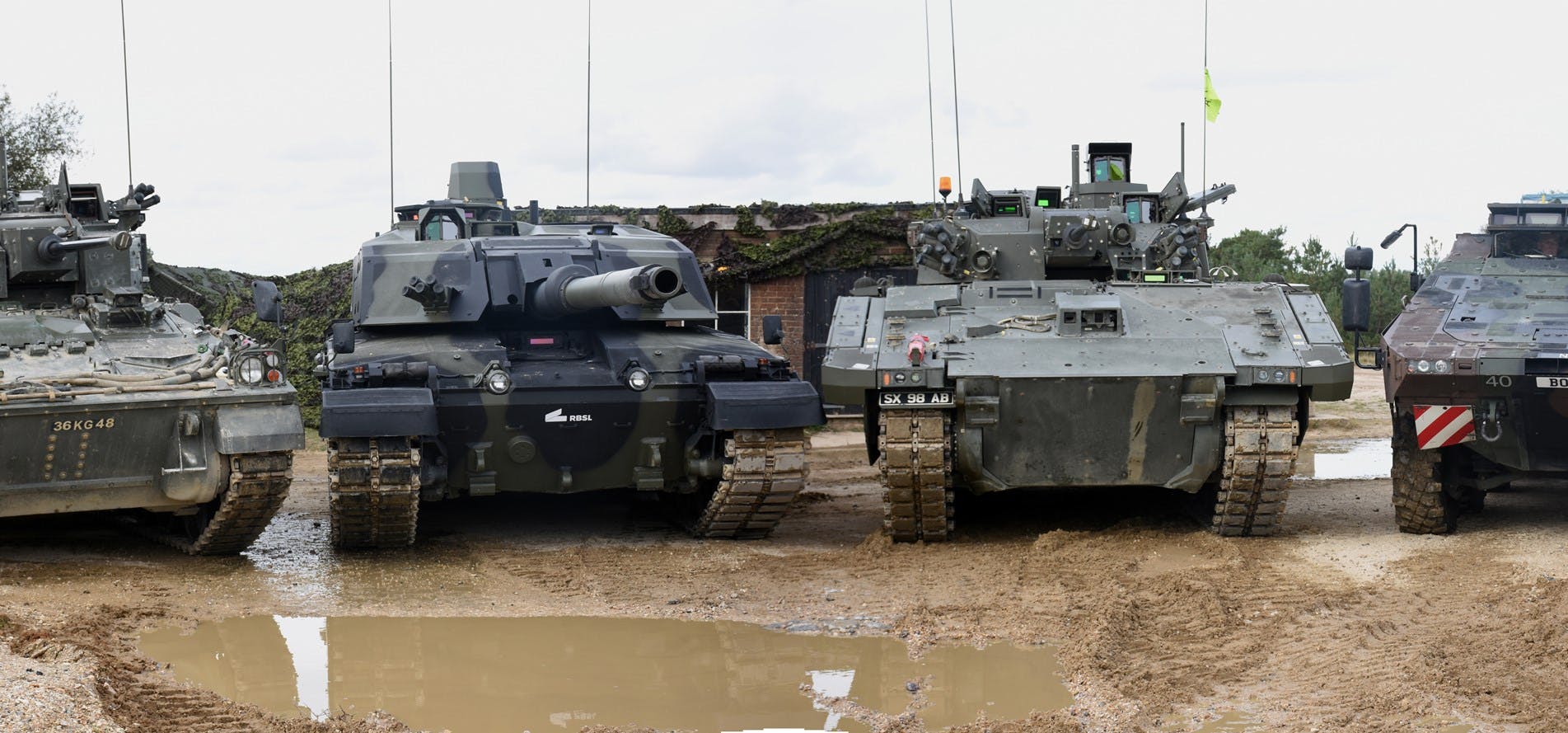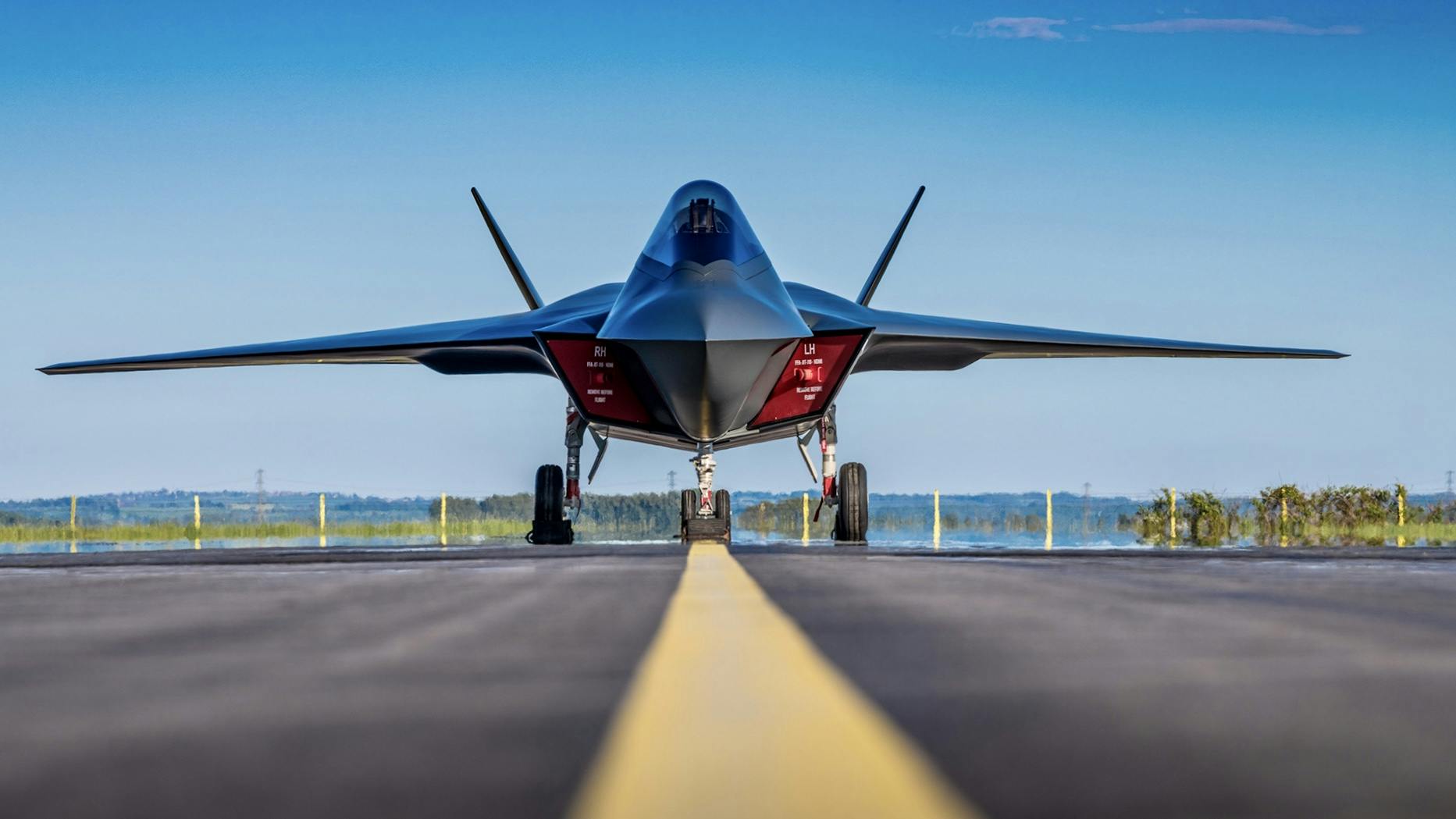VIKINGTANK
I really should change my personal text
- Joined
- 14 January 2015
- Messages
- 60
- Reaction score
- 151
Dear all,
I may be wrong but reading this thread it seems that the serving/ex-military people want the tank and want it very well protected and tracked, as in its current or future upgraded Challenger 2/3 form, while those without this military experience (but clearly well read) advocate less protection, therefore more speed, and in some cases wheels only.
In the military I believe that the term 'fad' would be used to describe that new fashion that some clever, usually young, person has dreamed up; and like the 'emperor's new clothes' they will not all work or pass the test of battle. This cheaper medium weight poorly protected vehicle fad, replacing expensive heavy armour, in a near-peer or peer conflict is just that, a fad, that will cost lives if we do not bin it soonest.
However a medium weight wheeled or tracked deployable Brigade for those non-peer or stabilisation conflicts, or even in a holding action, this light armour/excellent mobility idea makes an awful amount of sense. The French have proved this in Mali. It is deployable, if need be by air, very mobile and has good firepower; in full agreement with this. Although I doubt the UK military has the money or forethought to bring into service all the variants from recce, wheeled/tracked light tank, AIFV, APC and support vehicles etc, etc on a single wheeled or tracked platform that would be required to make this work.
However using this type of Medium Brigade to replace the well protected, well armed but perhaps less mobile Battle Tank is not the correct road when engaging a peer or near-peer enemy also equipped with Battle Tanks; as I said previously we can not see the future and the next war will not be like the one we have prepared for! Therefore we need to have all the tools in the tool box for whatever the military future intends to throw at us! So heavy armoured, medium weight and some lighter units if we are to be ready for all events. But if we have to cut our cloth accordingly then heavy armour can deal with most situations; we just need to plan how we can get it there!
There are many historical examples of where the thin armour = speed idea has failed; from the Battlecruisers at Jutland to the US medium and British cruiser tanks from the Western Desert to Germany 1945. I have just finished reading a book called Spearhead by Adam Makos which is about the US 3rd Armoured Division in Germany in 1944/45; and in particular the crew of a single M-26 Pershing heavy tank which was involved in the duel with a German Panther tank close to Cologne Cathedral. https://www.warhistoryonline.com/war-articles/cologne-cathedral-tank-duel.html
But my point is not about the well armoured M-26 but about the rest of their unit in various versions of the poorly armoured M4 Sherman medium tank. The book is full of graphic descriptions of the Shermans losing that gun/armour battle and the effect on the crews prior to battle, all knowing that each engagement would lead to the loss of tanks and more importantly their crews, and during the battles; it is very moving and actually rather harrowing at times. I recommend it wholeheartedly.
In recent history there have been several examples of single Challenger 2/M1 Abrams tanks taking numerous ATGW/RPG hits and surviving; a wheeled battle tank/assault gun, even with active defensive systems, could never survive this. In fact as an ex-infantryman with experience of FV432/Saxon and Warrior I have always thought that the infantry should have similar heavy protection to the tank to get the infantry to that debus area in one piece, at the end of the day the infantry must get boots on the ground, so that they can clear and defeat the enemy.
So we learn through tank history that heavy armour works and now we want to bin it; yea gads I could scream!
While not relevant to this thread it is noteworthy that the UK choose Boxer to be the Mechanised Infantry Vehicle (MIV) APC because, having left the program earlier, we then rejoined because of its, yes wait for it, heavier armour than its competitors. Yet another lesson re-learnt through conflict (Afghanistan/Iraq); armour matters and it needs to match or over match the threat. If we have to move to more exotic armour materials, to bring down weight, then so be it.
So to be prepared to fight that peer or near-peer enemy you need the battle tank (and of course all the other toys) to ensure that your troops go into battle with confidence that their vehicle will kill the enemy and protect the crew to its best ability. A crew lacking confidence in their vehicles protection, like UK and US tankers advancing from Normandy to Germany, will be hesitant, less aggressive and will suffer morale issues. We may however need to look at the issue of top protection due to top attack ATGMs and loitering UAVs in the future.
Despite all this debate I know the UK army well, we will get a Challenger 3 and an upgraded Warrior CSP in the Mechanised Brigade(s) and Ajax/Boxer in the medium Brigade(s) (the word change is not well recognised at high levels); however with funding issues we are not likely to do either very well!
There is so much more that could be said on this matter but I will leave it at that. I will also not comment on the current Ajax (tracked) and wheeled Boxer MIV mixture in the UK planned Strike Bdes; there has been enough said on this already. I will also not harp on about the various vehicle active defensive systems out there; they work and can improve survivability of what they are fitted to - all types from light to heavy.
If you disagree with me please feel free to reply; very much enjoying the debate.
Regards, Vikingtank. PS; Pro-tank lobby man those barricades!
I may be wrong but reading this thread it seems that the serving/ex-military people want the tank and want it very well protected and tracked, as in its current or future upgraded Challenger 2/3 form, while those without this military experience (but clearly well read) advocate less protection, therefore more speed, and in some cases wheels only.
In the military I believe that the term 'fad' would be used to describe that new fashion that some clever, usually young, person has dreamed up; and like the 'emperor's new clothes' they will not all work or pass the test of battle. This cheaper medium weight poorly protected vehicle fad, replacing expensive heavy armour, in a near-peer or peer conflict is just that, a fad, that will cost lives if we do not bin it soonest.
However a medium weight wheeled or tracked deployable Brigade for those non-peer or stabilisation conflicts, or even in a holding action, this light armour/excellent mobility idea makes an awful amount of sense. The French have proved this in Mali. It is deployable, if need be by air, very mobile and has good firepower; in full agreement with this. Although I doubt the UK military has the money or forethought to bring into service all the variants from recce, wheeled/tracked light tank, AIFV, APC and support vehicles etc, etc on a single wheeled or tracked platform that would be required to make this work.
However using this type of Medium Brigade to replace the well protected, well armed but perhaps less mobile Battle Tank is not the correct road when engaging a peer or near-peer enemy also equipped with Battle Tanks; as I said previously we can not see the future and the next war will not be like the one we have prepared for! Therefore we need to have all the tools in the tool box for whatever the military future intends to throw at us! So heavy armoured, medium weight and some lighter units if we are to be ready for all events. But if we have to cut our cloth accordingly then heavy armour can deal with most situations; we just need to plan how we can get it there!
There are many historical examples of where the thin armour = speed idea has failed; from the Battlecruisers at Jutland to the US medium and British cruiser tanks from the Western Desert to Germany 1945. I have just finished reading a book called Spearhead by Adam Makos which is about the US 3rd Armoured Division in Germany in 1944/45; and in particular the crew of a single M-26 Pershing heavy tank which was involved in the duel with a German Panther tank close to Cologne Cathedral. https://www.warhistoryonline.com/war-articles/cologne-cathedral-tank-duel.html
But my point is not about the well armoured M-26 but about the rest of their unit in various versions of the poorly armoured M4 Sherman medium tank. The book is full of graphic descriptions of the Shermans losing that gun/armour battle and the effect on the crews prior to battle, all knowing that each engagement would lead to the loss of tanks and more importantly their crews, and during the battles; it is very moving and actually rather harrowing at times. I recommend it wholeheartedly.
In recent history there have been several examples of single Challenger 2/M1 Abrams tanks taking numerous ATGW/RPG hits and surviving; a wheeled battle tank/assault gun, even with active defensive systems, could never survive this. In fact as an ex-infantryman with experience of FV432/Saxon and Warrior I have always thought that the infantry should have similar heavy protection to the tank to get the infantry to that debus area in one piece, at the end of the day the infantry must get boots on the ground, so that they can clear and defeat the enemy.
So we learn through tank history that heavy armour works and now we want to bin it; yea gads I could scream!
While not relevant to this thread it is noteworthy that the UK choose Boxer to be the Mechanised Infantry Vehicle (MIV) APC because, having left the program earlier, we then rejoined because of its, yes wait for it, heavier armour than its competitors. Yet another lesson re-learnt through conflict (Afghanistan/Iraq); armour matters and it needs to match or over match the threat. If we have to move to more exotic armour materials, to bring down weight, then so be it.
So to be prepared to fight that peer or near-peer enemy you need the battle tank (and of course all the other toys) to ensure that your troops go into battle with confidence that their vehicle will kill the enemy and protect the crew to its best ability. A crew lacking confidence in their vehicles protection, like UK and US tankers advancing from Normandy to Germany, will be hesitant, less aggressive and will suffer morale issues. We may however need to look at the issue of top protection due to top attack ATGMs and loitering UAVs in the future.
Despite all this debate I know the UK army well, we will get a Challenger 3 and an upgraded Warrior CSP in the Mechanised Brigade(s) and Ajax/Boxer in the medium Brigade(s) (the word change is not well recognised at high levels); however with funding issues we are not likely to do either very well!
There is so much more that could be said on this matter but I will leave it at that. I will also not comment on the current Ajax (tracked) and wheeled Boxer MIV mixture in the UK planned Strike Bdes; there has been enough said on this already. I will also not harp on about the various vehicle active defensive systems out there; they work and can improve survivability of what they are fitted to - all types from light to heavy.
If you disagree with me please feel free to reply; very much enjoying the debate.
Regards, Vikingtank. PS; Pro-tank lobby man those barricades!
Last edited:





